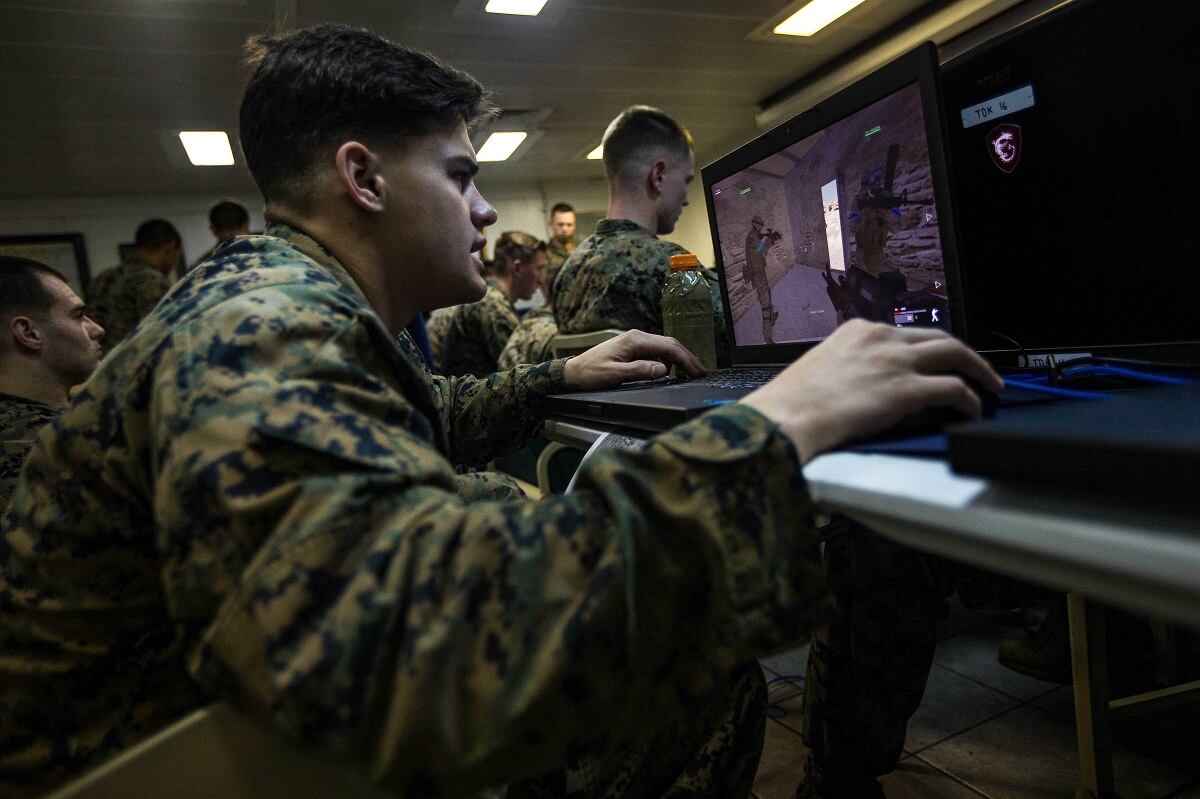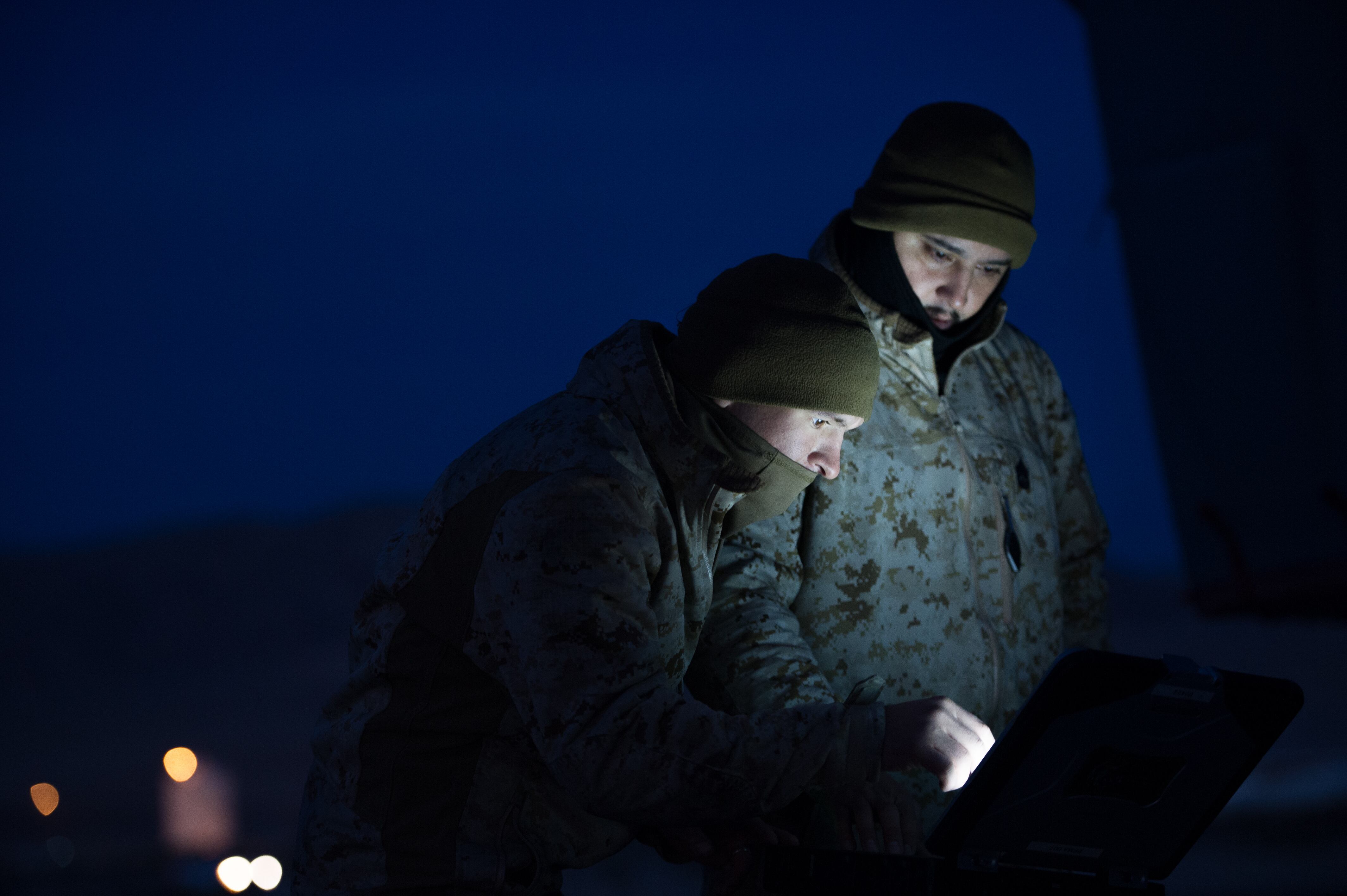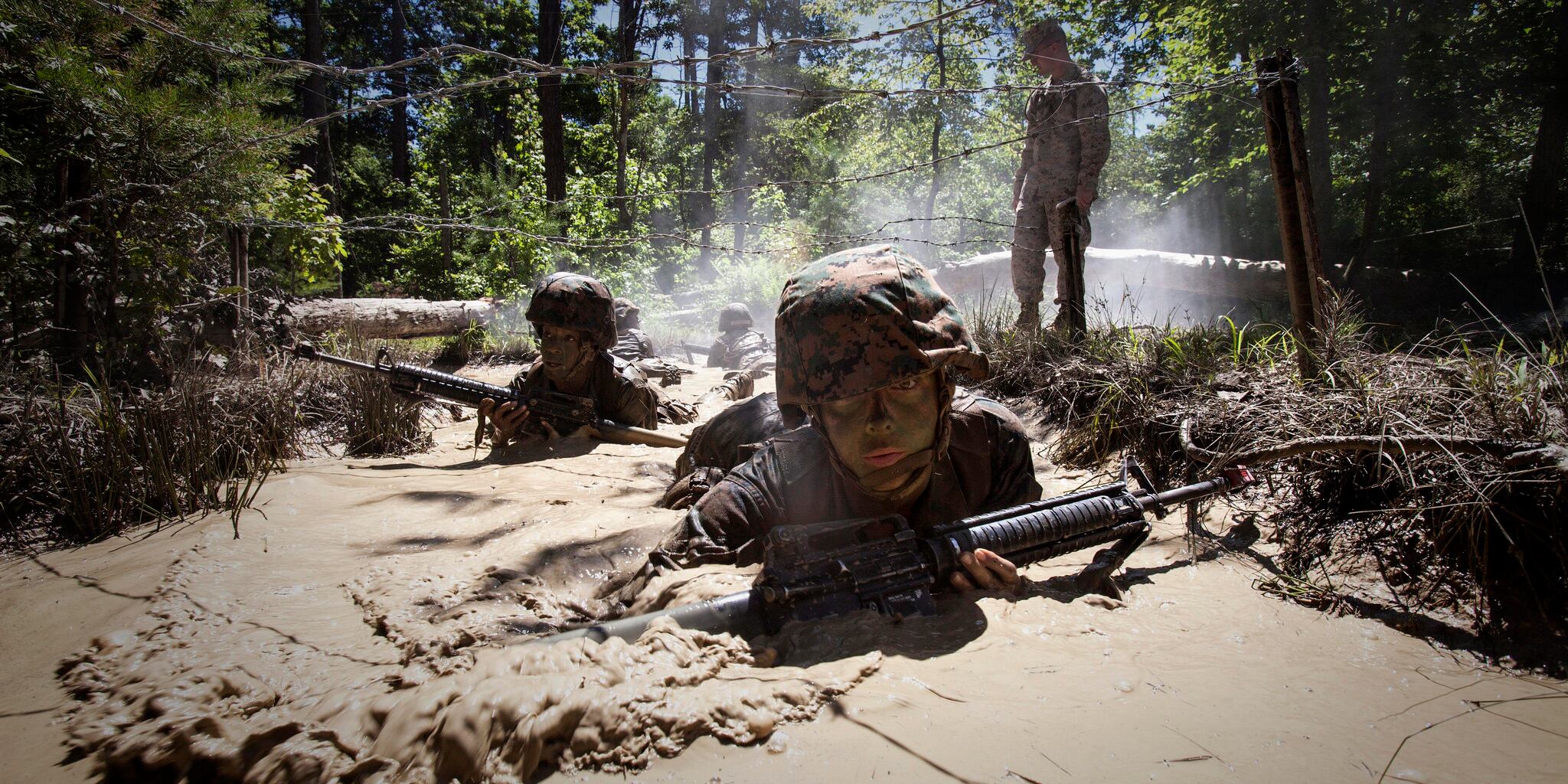The Marine Corps is drafting a plan to inform how it designs capabilities for its nascent information forces.
Among the three priorities for the deputy commandant for information, stood up in 2017, is using the new Marine Expeditionary Force Information Groups, or MIGs. These teams will work on all information-related capabilities, providing commanders a clearinghouse of options including cyber, intelligence, electronic warfare and information operations.
RELATED

According to presentations by Marine Corps leaders, one of the lines of effort for delivering what the MIGs need is the Marine Corps Information Environment Blueprint, a Marine Corps spokesman told C4ISRNET.
This differs from the Marine Air-Ground Task Force (MAGTF) Information Environment Operations Concept of Employment, which provided overall guidance of employment for the new MIGs.
RELATED

The concept of employment was written to provide a starting point, the spokesman said, adding that a more accurate description of the document’s purpose is it provides a vision and conceptual framework for the information environment, but it is not prescriptive.
That document will be periodically updated to reflect capabilities refinement in the coming years.
The newer blueprint serves as "the unifying technical, physical and business model that documents the conceptual representation of the functional design of the enterprise. It codifies the policies, standards, services, infrastructure, technical design, and architectural elements required to deliver capabilities to users across the enterprise,” as defined by the deputy commandant for information.
“Development of the MCIEE Blueprint is an iterative process focused on the delivery of capabilities defined by and validated against user objectives, functional goals and mission requirements. This process represents a shift from a systems-centered approach where implementation and delivery of capabilities is largely based on the technical key performance parameters of hardware and software."
The blueprint is still conceptual and is expected to be finalized in spring 2019, the spokesman said.
RELATED

Developing and refining capabilities in this information environment is a top priority for the commandant of the Marine Corps, with officials noting that many forces were taken from infantry units to help stand up the MIGs.
“Even more so than in previous generations, the current and future information environments promise complexities previous decades did not experience,” the spokesman said. “Fire and maneuver alone is no longer adequate to achieve battlespace success — it must be integrated with information-related war-fighting capabilities to gain.”
Mark Pomerleau is a reporter for C4ISRNET, covering information warfare and cyberspace.






